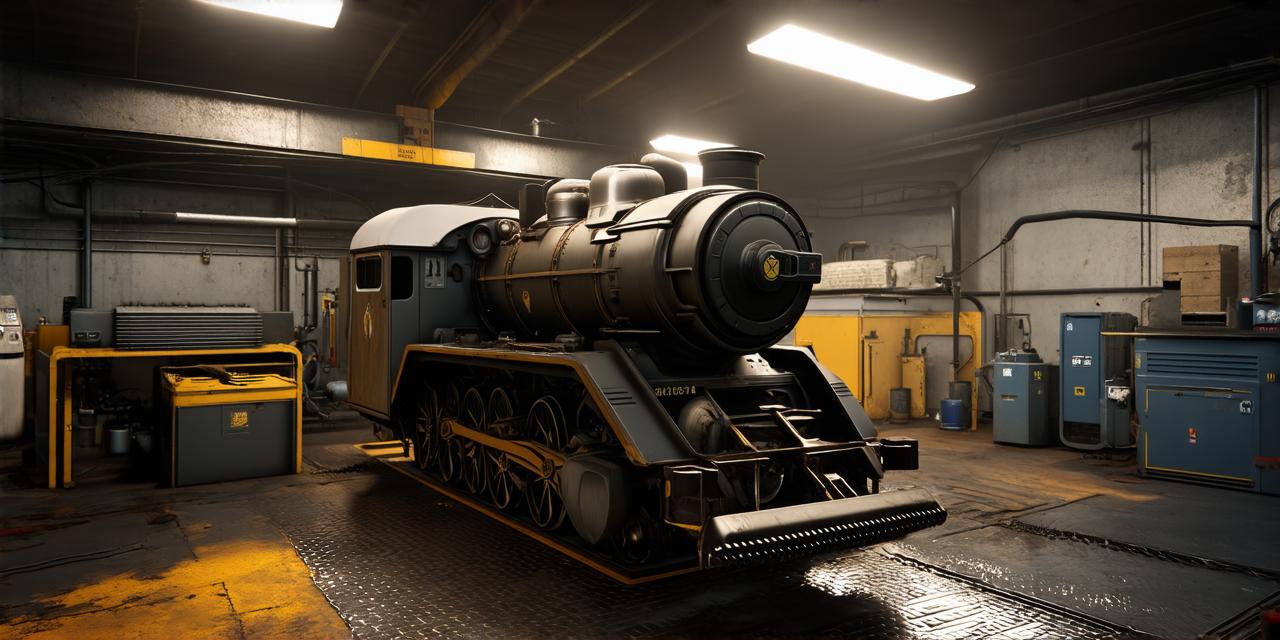Introduction
Unreal Engine 4 is a powerful game engine that has been used by many developers to create stunning visuals and immersive experiences. In 1899, it was still a relatively new technology, but it had already begun to make waves in the gaming industry. In this article, we will explore the capabilities of Unreal Engine 4 in 1899, and what made it stand out from other game engines at the time.
Realistic Graphics
One of the main advantages of Unreal Engine 4 was its ability to create realistic graphics. The engine used advanced rendering techniques, such as dynamic lighting and complex shaders, to create stunning visuals that were previously impossible in games. In 1899, these capabilities were still in their infancy, but developers were already beginning to push the limits of what was possible with Unreal Engine 4.
Physics Engine
Another key feature of Unreal Engine 4 was its physics engine. This allowed developers to create realistic physics simulations that made games feel more immersive and interactive. In 1899, the physics engine was still in its early stages, but it had already shown great potential for creating more realistic gameplay experiences.
Virtual Reality
Unreal Engine 4 also played a significant role in the development of virtual reality (VR) technology. The engine’s support for VR made it possible to create immersive experiences that transported players into fully interactive virtual worlds. In 1899, VR was still in its early stages, but Unreal Engine 4 laid the groundwork for what would become one of the most exciting developments in gaming.
Conclusion
In conclusion, Unreal Engine 4 was a revolutionary game engine that had already begun to make waves in the gaming industry by 1899. Its ability to create realistic graphics, support for physics engines, and role in the development of virtual reality technology made it a powerful tool for developers at the time. While there were still limitations to what was possible with the technology, Unreal Engine 4 laid the foundation for many of the advancements that would come later.
